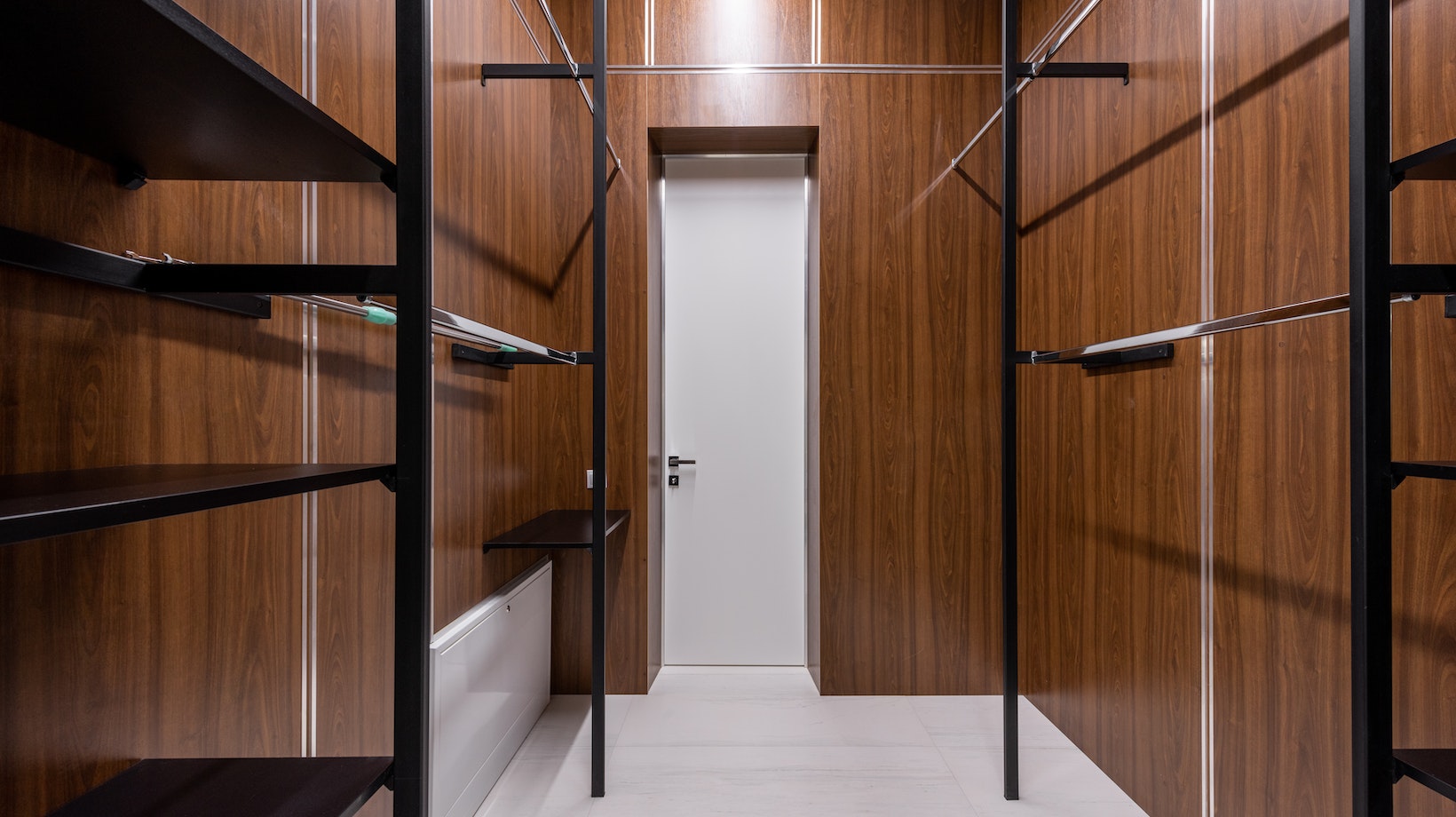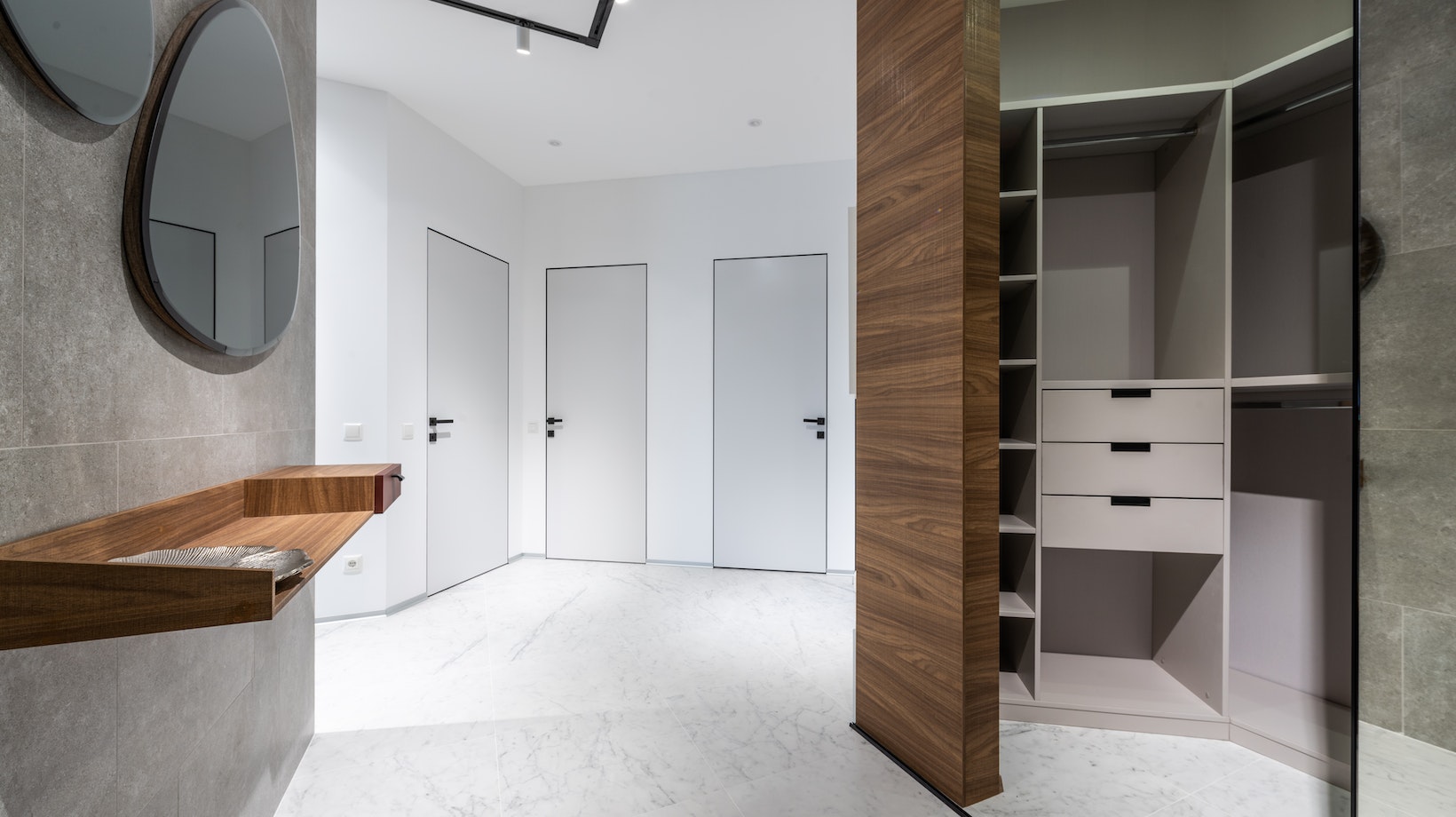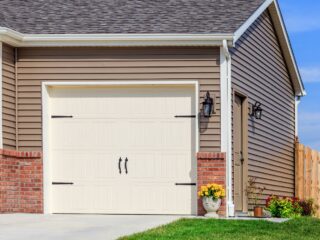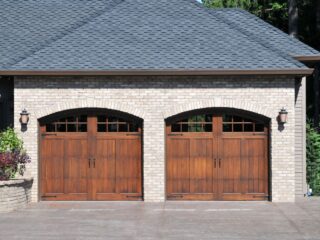
Adjusting Bifold Closet Doors
If you’re having trouble with your bifold closet doors not closing properly or sliding smoothly, adjusting them might be the solution you need. Adjusting bifold closet doors is a relatively simple task that can greatly improve the functionality and appearance of your closets. In this article, I’ll guide you through the process of adjusting bifold closet doors step by step.
One common issue with bifold closet doors is misalignment, causing them to either drag on the floor or leave gaps when closed. By making a few adjustments to the pivot brackets and track, you can ensure that your doors align perfectly and operate smoothly. I’ll provide detailed instructions on how to adjust these components to achieve optimal performance.
Whether you’re dealing with sticky tracks, loose hinges, or uneven panels, learning how to adjust bifold closet doors can save you time and frustration. With just a few basic tools and some patience, you’ll be able to fix those annoying door issues and enjoy hassle-free access to your belongings. So let’s dive in and get those bifold closet doors back on track!
Why Adjusting Bifold Closet Doors Is Important
When it comes to maintaining the functionality and aesthetics of your closet, adjusting bifold closet doors is an essential task. These doors, with their unique folding mechanism, offer convenience and space-saving capabilities. However, over time, they may start to show signs of wear and tear or become misaligned. That’s where the importance of adjusting them comes into play.
- Smooth Opening and Closing: One of the main benefits of bifold closet doors is their ability to fold open and shut seamlessly. When properly adjusted, these doors glide effortlessly along their tracks, allowing you quick access to your belongings without any hitches or jams. By adjusting them regularly, you can ensure that they continue to operate smoothly.
- Preventing Damage: Misaligned bifold closet doors can cause unnecessary strain on the hinges and tracks, leading to potential damage over time. If left unattended for too long, this could result in more extensive repairs or even replacement of the entire door system. By making necessary adjustments at the first sign of misalignment, you can prevent further damage and extend the lifespan of your doors.
- Maximizing Space: Bifold closet doors are popular for their space-saving design since they fold neatly against one another instead of swinging outward like traditional hinged doors. However, if not adjusted correctly, they may not close fully or create gaps between panels when folded shut. This compromises both the visual appeal and energy efficiency of your closet space. Regular adjustments help maintain proper alignment and ensure optimal use of available storage area.
- Improved Aesthetics: A well-adjusted set of bifold closet doors enhances the overall look and feel of your room by providing a clean and streamlined appearance when closed. Whether it’s in a bedroom, living room, or hallway, these doors contribute significantly to the visual appeal of your space. By taking the time to adjust them, you can achieve a polished and well-maintained look.

Understanding The Anatomy Of Bifold Closet Doors
When it comes to adjusting bifold closet doors, it’s important to have a good understanding of their anatomy. By knowing how these doors are structured and operate, you’ll be better equipped to make any necessary adjustments or repairs. In this section, I’ll break down the different components that make up bifold closet doors.
- Panels: Bifold closet doors consist of two or more panels that are hinged together. These panels can be made of various materials such as wood, vinyl, or metal. The number of panels will depend on the size and design of the door.
- Tracks: Bifold doors glide along tracks installed at the top and bottom of the opening. The upper track is usually mounted to the header or ceiling, while the lower track rests on the floor. It’s crucial for these tracks to be properly aligned and securely fastened for smooth operation.
- Hardware: Bifold door hardware includes hinges, pivots, knobs or handles, and guide wheels. Hinges connect each panel together allowing them to fold smoothly when opening or closing the door. Pivots help support and stabilize the panels as they move along the tracks.
4.Limiters: Some bifold doors may also have limiters installed at both ends of the track system to prevent overextension or excessive force being applied to the door during operation.
Now that you have a basic understanding of bifold closet door anatomy, you can confidently tackle any adjustments that may be needed in your own home. Remember to take precautionary measures such as wearing safety goggles and using appropriate tools when working with these doors.





